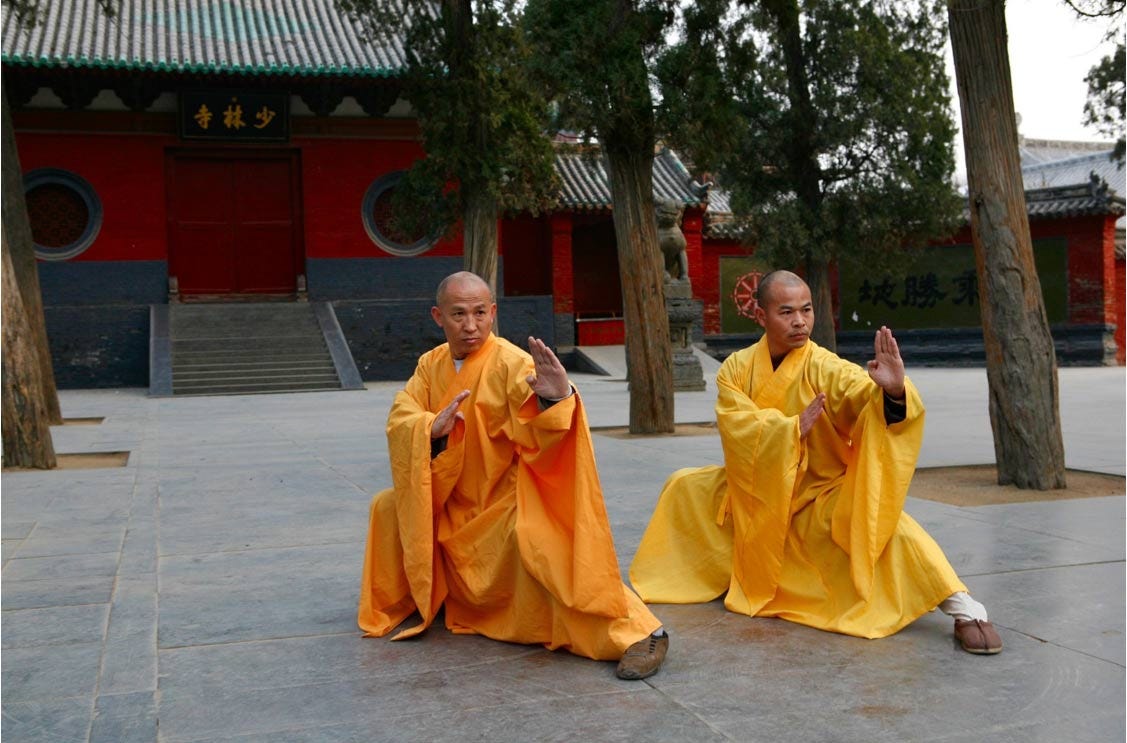Ng Mui - The Nun Who Invented the Martial Arts Wing Chun
Although they are rarely mentioned, accounts of female warriors in history are increasingly researched and studied. Among the most well-known historical figures are Hua Mulan of 6th century China, Itagaki of 13th century Japan, the Celtic queen Boadicea in 1 CE and Joan of Arc of 15th century France. Of martial artists, however, the accounts are rarer still, and generally become a mix of historical facts and legends. One such story is the Shaolin Abbess Ng Mui, her student Yim Wing Chun, and their roles in the conception of a martial art called the Wing Chun Kung Fu.
It is widely accepted that Wing Chun Kung Fu originated during the 17th century as a more concise version of the rigorous and complex art forms taught in the Shaolin Temple of Southern China. It then evolved into a very popular Chinese martial art of Wing Chun, which literally means “everlasting springtime”. Wing Chun Kung Fu, therefore, means “everlasting springtime achieved through great effort.”
Keep reading with a 7-day free trial
Subscribe to Ancient Origins UNLEASHED to keep reading this post and get 7 days of free access to the full post archives.

